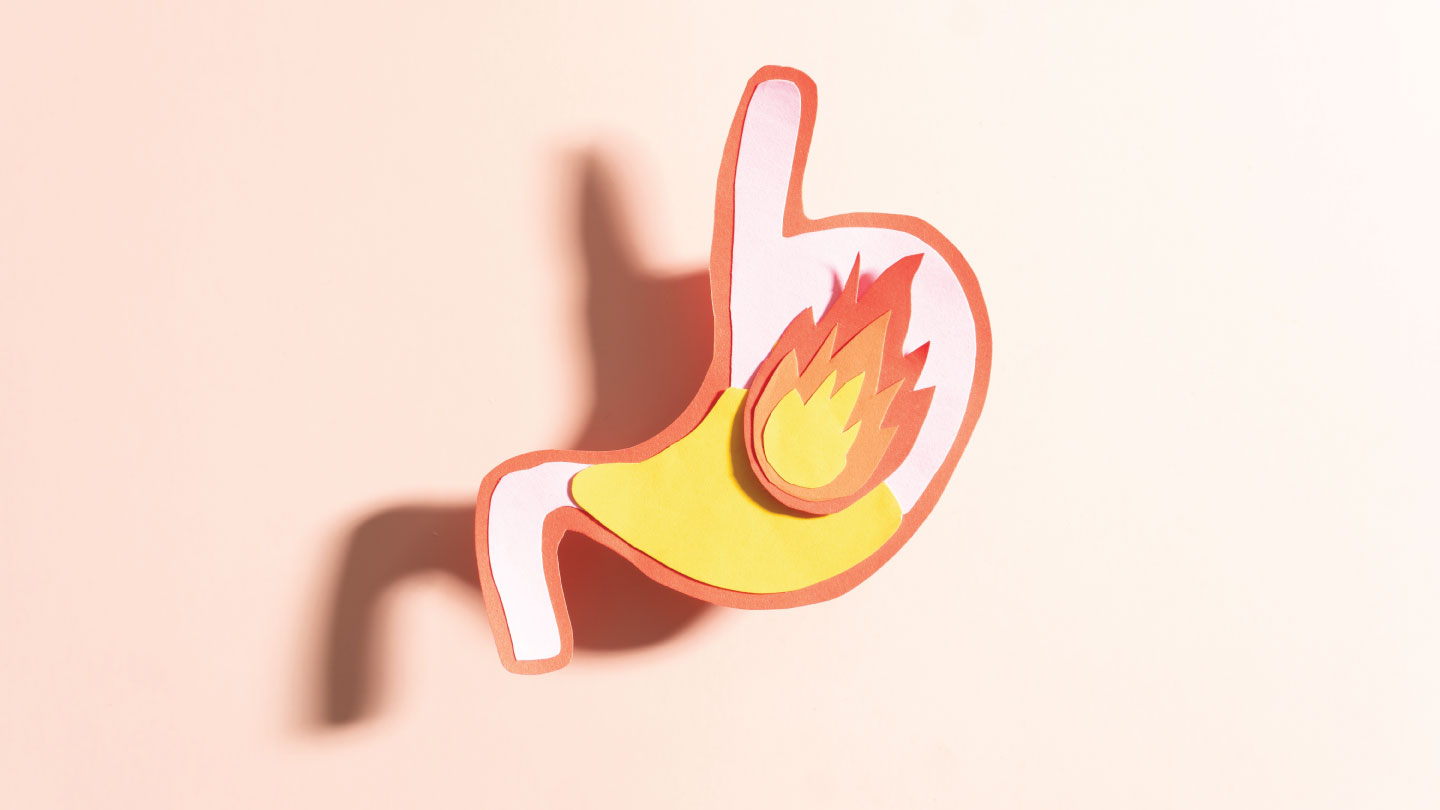Miscellaneous
Simple Exercises That Can Support Scoliosis of the Spine
Scoliosis doesn’t have to mean living with constant stiffness or discomfort. The right exercises can help ease tension, build strength, and make movement feel a lot more natural.
.jpg)
Scoliosis is a sideways curve in the spine that can affect how your body feels and moves every day. It might be subtle, or it can be more pronounced. But either way, how you move plays a big role in how your body responds.
Exercise won’t straighten the curve, but it can help your muscles support it better. Over time, that can make a noticeable difference in posture, mobility, and pain levels. A 2016 study in the European Spine Journal found that people with mild to moderate scoliosis who followed targeted exercise programs showed improvements in alignment and pain reduction.
Related story: 6 Tips to Ease Back Pain As Per Latest Research
When you strengthen the muscles surrounding your spine, you provide it with a stronger foundation. That support can help ease uneven pressure, loosen up tight spots, and even make breathing feel easier.
How Movement Helps
- Builds strength where it’s needed most
- Improves awareness of posture and alignment
- Reduces stiffness and discomfort
- Encourages better lung expansion and breathing
A 2016 study in the Journal of Physical Therapy Science found that specific scoliosis exercises improved trunk mobility and strength in participants who practised them regularly.
Related story: 6 Moves to Ease Back Pain
Effective Exercises to Try
These movements are gentle but powerful. The goal isn’t perfection; it’s steady progress.
1. Pelvic Tilts
How to do it:
- Lie on your back with knees bent and feet flat.
- Gently flatten your lower back against the mat by tilting your pelvis upward.
- Hold for a few seconds, then release. Repeat 10–12 times.
Pelvic tilts help activate the deep core muscles that support your spine, and core work can reduce spinal asymmetry and ease posture-related strain.
2. Cat-Cow Stretch
How to do it:
- Get on your hands and knees.
- Inhale as you arch your back, allowing your chest to move forward (cow pose).
- Exhale as you round your spine gently (cat).
- Keep the movement slow and controlled.
This stretch increases flexibility and gently mobilises the spine. It also encourages deeper breathing, which is especially helpful when the rib cage is involved in the curve.
Related story: 5 Mobility Exercises to Improve Upper Back Pain
3. Side Planks
How to do it:
- Lie on one side, supporting yourself on your forearm.
- Stack your legs and lift your hips to form a straight line.
- Hold for 20–30 seconds, then switch to the other side.
Side planks target the obliques and deep stabilising muscles. Consistent side plank practice can reduce spinal curvature in people with mild idiopathic scoliosis.
4. Schroth Breathing
How to do it:
- Stand or sit with your back straight.
- Inhale deeply into the side of your rib cage where the curve expands outward.
- Exhale slowly, gently guiding your torso toward a neutral position.
- Repeat for several breaths.
This method, known as the Schroth Method, focuses on correcting posture through specific breathing exercises. Schroth breathing can improve lung capacity and reduce curvature measurements.
Related story: 5 Stretches that Soothe Your Spine
5. Child’s Pose with a Side Stretch
How to do it:
- Kneel on the floor, sit back on your heels, and stretch your arms forward.
- Walk your hands to the right and breathe into your left side, focusing on your left rib cage.
- Hold for 30 seconds, then switch to the other side.
This stretch lengthens the tight side of your torso, encouraging flexibility and easier breathing on the compressed side.
The Brain-Spine Connection
Exercise isn’t just about muscles. It can change how your brain perceives your body. A 2017 study in Frontiers in Human Neuroscience found that body awareness training helps the nervous system adapt to postural changes.
This means the more you move intentionally, the more your brain learns to support better alignment. Over time, that can reduce discomfort and increase control over your posture.
Related story: Tips From UR.Life LMPT Expert For A Healthier Spine
What to Keep in Mind
- Avoid movements that feel forced or painful.
- Skip heavy, uneven lifting unless guided by a professional.
- Work with a physiotherapist if your curve is moderate to severe.
- Consistency is more important than intensity.
Scoliosis may change the shape of your spine, but it doesn’t have to control your movement. Targeted, thoughtful exercises, like pelvic tilts, cat-cow stretches, side planks, Schroth breathing, and gentle side stretches, can strengthen your support system and help your body feel more balanced.
Related story: Better Posture, Better Back: Yoga for a Healthy Spine
Take care of your body and mind to feel your best. Sign up here to unlock holistic health.
EXPLORE MORE
Why does that hearty dinner cause a burning sensation in your chest? Discover how GERD (acid reflux) is rising in India, and what simple lifestyle, diet, and posture changes can tame it.
Sneezing fits, watery eyes, or itchy skin every season? You’re not alone. Here’s your practical guide to understanding the most frequent allergy culprits.
Shared hobbies aren’t just fun ways to spend time together; they build trust, deepen bonds, and make relationships feel easier and more alive.
A few harmless things lying around your home may be quietly exposing you to germs, toxins, or unnecessary clutter. Here’s what to clear out, and why it matters.







